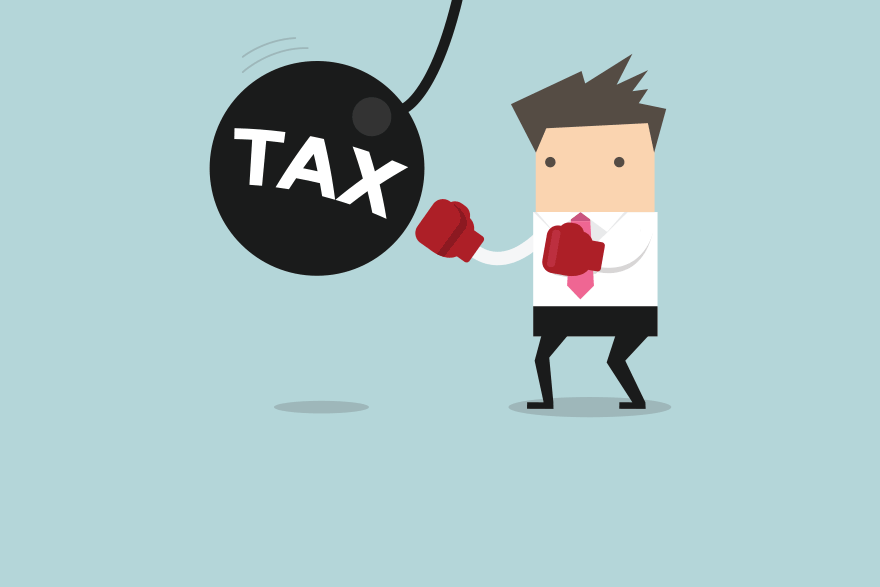Do you sell primarily in the United States market but are thinking of expanding? If the United Kingdom or European markets are on your list, you’ll need to familiarise yourself with Value Added Tax (VAT). Luckily, FeedbackExpress will break it down for you in an easy-to-understand, not-dry way.
Understanding What VAT Is
VAT can be compared to a sales tax in many states in the US, the kind where you have to collect it from buyers if you sell in that location. Depending on where you sell in, you might have to collect it from buyers and then remit the returns to specific countries. And just as how sales taxes vary from state-to-state, the rules and rates for VAT differ based on which country you’re selling in, too.
However, it’s important to note one key difference between VAT and company taxes. With company taxes, you only need to pay those if your business is locally registered in a certain country, but with VAT, you have to collect and remit it based on where you locally sell.
And just like company taxes, VAT is something you need to register for. If you sell in multiple countries, then you might need to be registered more than once as well.
One thing to note is that each country has distance selling thresholds. For example, let’s say you ship out of England but sell in Spain. If you sell under €35,000, then you would remit the VAT to Her Majesty’s Revenue and Customs (HMRC), and if you go over that threshold, you would remit the VAT to Spain.
Setting Up a Local Company vs Selling as a Non-EU/UK Seller
There are pros and cons to each.
Setting Up a Local Company
Making a local business can help drive sales when consumers prefer to buy locally. It can also make building local relationships much easier, especially when it comes to ordering from suppliers and shipping to sellers. But the drawback is doing this can add complexity to the equation when you have to get licensing and pay separate taxes.
Selling as a Non-EU/UK Seller
Simplicity is the biggest drawing point here, as you won’t have to start anything new or research new licensing or company taxes. You can also funnel your profits back to your US-based business and just get someone to take care of VAT requirements for you, but it may come at the cost of being able to build local relationships.
If you’re importing into the EU, you’ll need an Economic Operator Registration and Identification (EORI) so you can complete Entry/Exit Summary Declarations.
Whichever option you’re considering, take the time to research/speak with business owners on both sides so you can make the best possible educated decision. No one option is right for everyone, just whichever works best for you.
How to Handle VAT on Amazon
The simplest way to handle VAT on Amazon is to hire a fiscal representative and let them take care of it. You can save yourself money by registering online in the countries you sell in and managing it yourself, but this tends to have many layers to it that most sellers find too complicated for their interest and time.
It’s like repricing: sure, you can do it yourself, but when there’s the option to pay a little bit of money so someone/something else can do it for you and your time is freed up to do other things, why not use the service?
When it comes to Amazon and VAT specifically, you now have the option of setting up compliant VAT invoicing in your Seller Central account. If you want to read a bit more and see if this is something for you, Amazon has a page about selling to European customers.
Whatever You Decide, Don’t Ignore VAT
It can be tempting to want to ignore VAT, but that would be a pretty bad idea. UK tax officials have been cracking down hard on VAT-negligent sellers, with commitments in place that have some bite to them. You can face steep fines for not registering and remitting VAT, as well as risk having your products seized from the warehouse — or your business being shut down entirely.
Final Thoughts
Few people enjoy collecting taxes from others, but it’s a necessary part of doing business. Another one is gathering feedback and reviews so you can boost your visibility and leverage that into more sales. Luckily, it’s a lot easier and more straightforward than understanding, collecting, and remitting VAT. But despite that, FeedbackExpress still exists to make your life easier. All you have to do is sign up now and get a bonus of the first 14 days absolutely free. It’s “VAT” easy!



